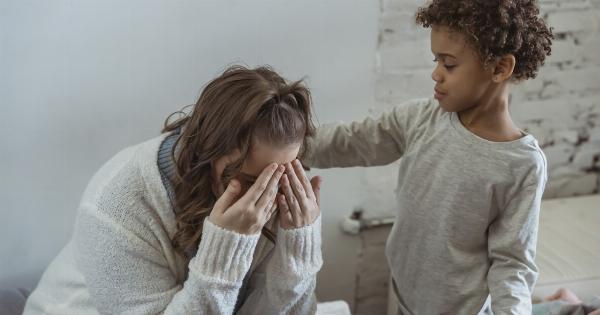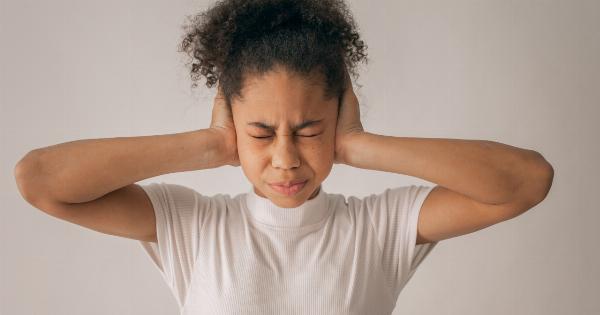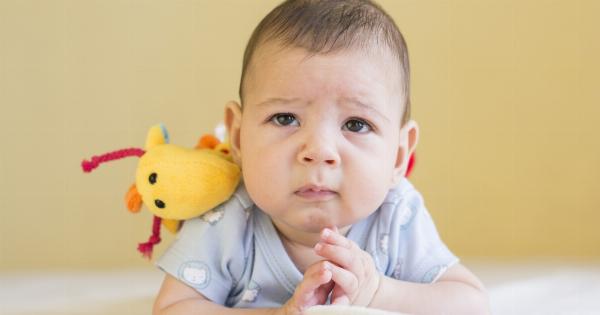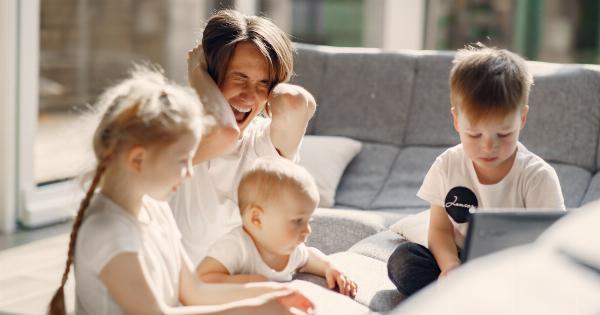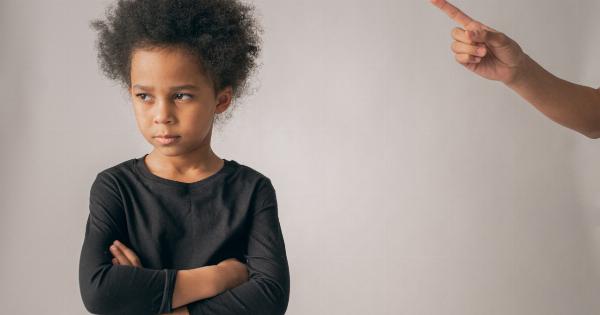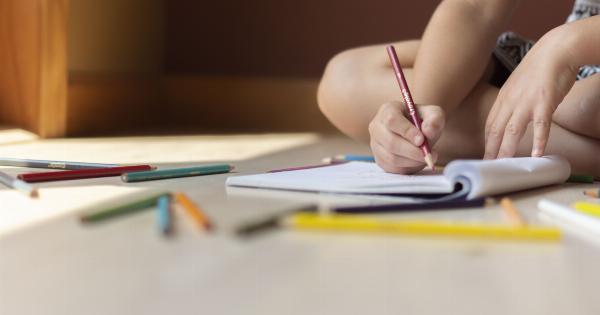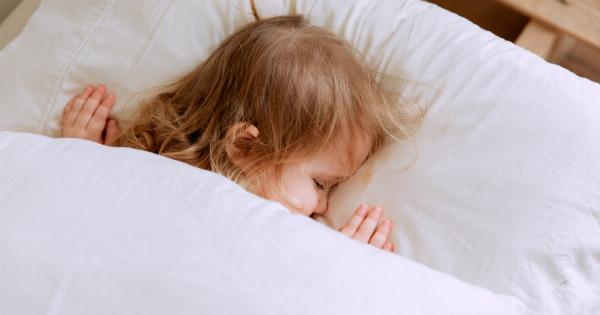As the world becomes more complex and competitive, it is not uncommon for children to experience anxiety. Childhood anxiety is a common issue that can be caused by a range of factors, including genetics, environment, and past experiences.
It can manifest as excessive worry, fear, and even physical symptoms such as headaches, stomach aches, and difficulty sleeping.
Types of Childhood Anxiety
There are several different types of childhood anxiety disorders that children may experience, including:.
- Generalized Anxiety Disorder (GAD). Children with GAD may experience excessive worry and fear about a variety of situations and events.
- Panic Disorder. Children with panic disorder may experience sudden and unexpected panic attacks, which can be accompanied by a range of physical symptoms such as sweating, racing heart, and shortness of breath.
- Social Anxiety Disorder. Children with social anxiety disorder may experience excessive worry and fear about social situations, leading them to avoid certain situations or activities.
- Obsessive-Compulsive Disorder (OCD). Children with OCD may experience intrusive thoughts and repetitive behaviors that they feel they need to perform in order to prevent bad things from happening.
- Post-Traumatic Stress Disorder (PTSD). Children with PTSD may experience anxiety and fear in response to a traumatic event they have experienced, such as abuse or a natural disaster.
Symptoms of Childhood Anxiety
Children with anxiety may experience a range of symptoms, which may include:.
- Excessive worry. Children may worry excessively about a range of things, such as school, friends, family, and their future.
- Fear. Children may experience fear of certain objects, situations or people.
- Physical symptoms. Children may experience a range of physical symptoms such as headaches, stomach aches, and difficulty sleeping.
- Avoidant behavior. Children may avoid certain situations or activities because they feel anxious or uncomfortable.
- Panic attacks. Children may experience sudden and unexpected panic attacks, which can be accompanied by a range of physical symptoms.
- Repetitive behaviors. Children may engage in repetitive behaviors, such as hand washing or counting, in an attempt to reduce their anxiety.
Causes of Childhood Anxiety
There is no single cause of childhood anxiety. It is often the result of a combination of genetic, environmental, and personal factors. Some factors that may contribute to anxiety in children include:.
- Genetics. Children may be more likely to experience anxiety if they have a family history of anxiety or other mental health issues.
- Environment. Children who grow up in environments that are stressful, unpredictable, or chaotic may be more likely to experience anxiety.
- Life experiences. Children who have experienced traumatic events, such as abuse or a natural disaster, may be more likely to experience anxiety.
- Brain chemistry. Some children may have imbalances in their brain chemistry that can contribute to anxiety.
- Stressful life events. Children may experience anxiety in response to stressful life events such as a move, a divorce, or a death in the family.
Diagnosis of Childhood Anxiety
If you suspect that your child is experiencing anxiety, it is important to seek the advice of a qualified mental health professional. Diagnosis of childhood anxiety may involve a range of assessments and evaluations, including:.
- Interviews with the child and parents. Mental health professionals may interview the child and their parents to gather information about their symptoms and experiences.
- Observation of the child’s behavior. Mental health professionals may observe the child’s behavior in different situations to help determine the presence of anxiety.
- Psychological testing. Mental health professionals may use various psychological tests to help diagnose anxiety in children.
Treatment for Childhood Anxiety
Treatment for childhood anxiety can vary depending on the type and severity of the anxiety. Some common treatments for childhood anxiety include:.
- Cognitive behavioral therapy (CBT). CBT is a type of talk therapy that helps children learn to identify and change negative patterns of thinking and behavior that contribute to anxiety.
- Exposure therapy. Exposure therapy involves gradually exposing children to the things that they fear in a safe and controlled environment in order to help them learn to cope with their anxiety.
- Medication. In some cases, medication may be prescribed to help manage the symptoms of anxiety.
- Family therapy. Family therapy can be helpful for children with anxiety as it can help parents learn ways to support their child’s mental health.
- School-based interventions. Schools can also play a role in helping to manage childhood anxiety through interventions such as counseling, support groups, and accommodations such as extra time for tests.
Preventing Childhood Anxiety
While there is no surefire way to prevent anxiety in children, there are some things that parents and caregivers can do to help reduce the risk:.
- Create a stable and predictable environment. Children thrive on routine and predictability, so creating a stable and predictable home environment can help reduce the risk of anxiety.
- Encourage positive coping skills. Teaching children positive coping skills such as relaxation techniques, mindfulness, and exercise can help them learn to manage stress and anxiety.
- Model healthy behaviors. Parents and caregivers can model healthy behaviors such as self-care, stress management, and seeking out support when needed.
- Encourage communication. Encouraging open and honest communication can help children feel more comfortable expressing their feelings and concerns.
Conclusion
Anxiety is a common mental health issue that can affect children of all ages.
By understanding the types, symptoms, and causes of childhood anxiety, parents and caregivers can take steps to help their children learn to manage their anxiety and live happy, healthy lives.

